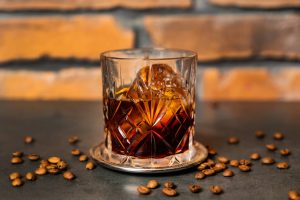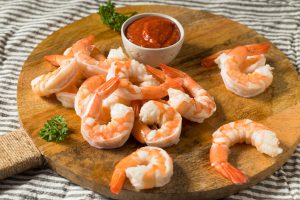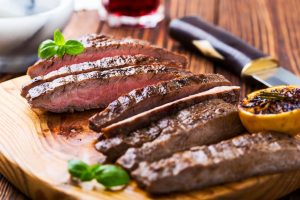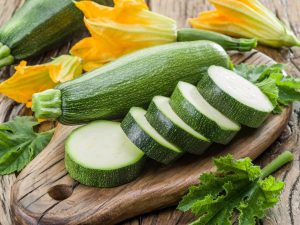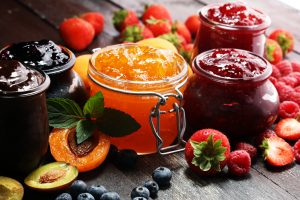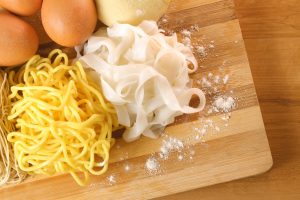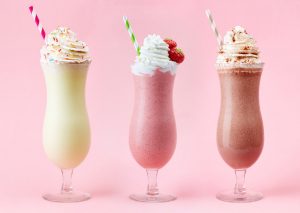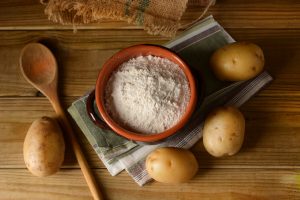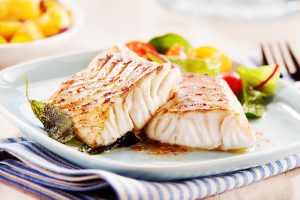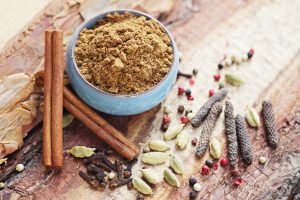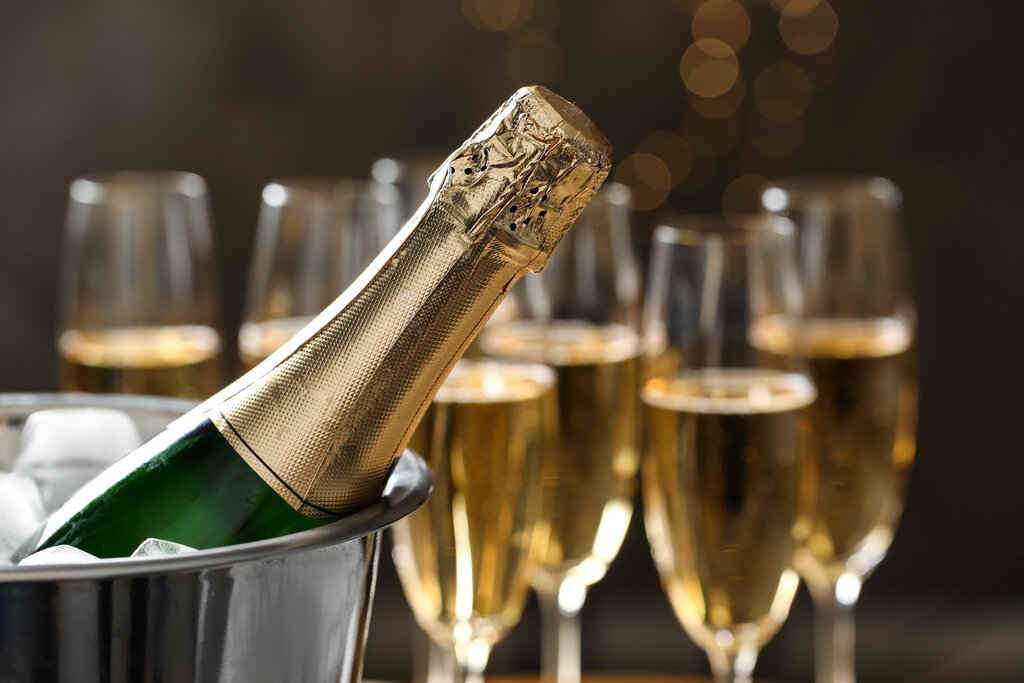
If you’re looking to make some fruity alcoholic drinks for a dinner party, then you’d know that a bottle of bubbly wine is a necessary drink to have at hand. After all, a little wine brings out the best spirits in people.
But, between sparkling wine vs champagne, which one should you choose? Even better, what exactly is the difference between them? Read on to find out as we help you figure out the best one for you and your guests!
Is Sparkling Wine Champagne?
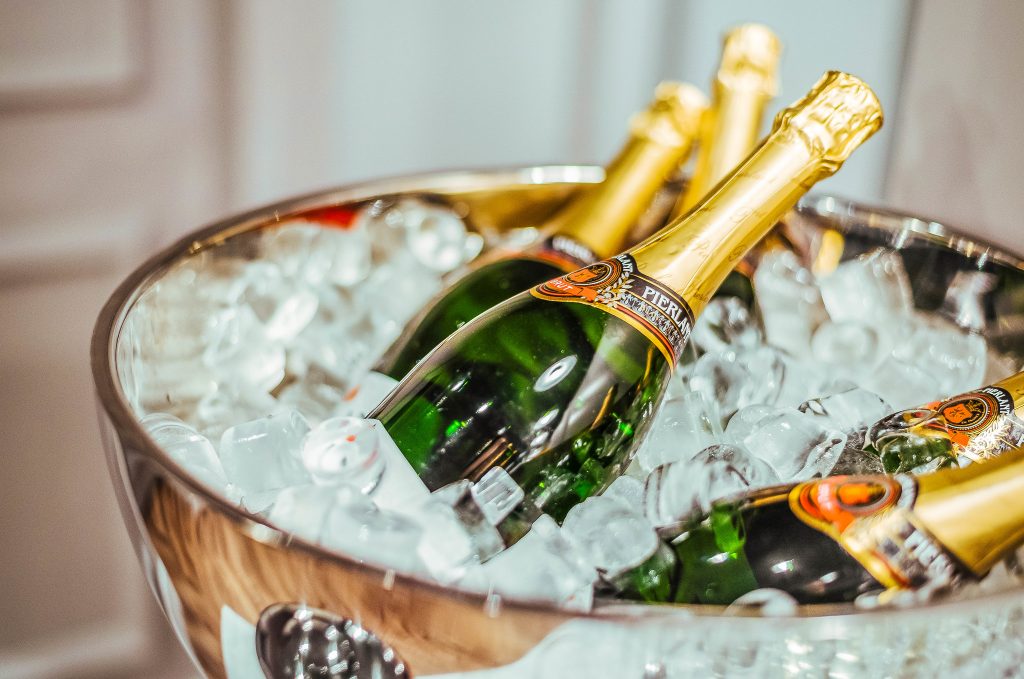
Photo by Marco Verch on Flickr
You may wonder: is sparkling wine the same thing as champagne? No, it’s not. It’s actually the other way around.
Sparkling wine is an umbrella term for fizzy carbonated wines. Some common types of sparkling wine include Prosecco, cava, and of course, champagne. On the other hand, champagne is a type of sparkling wine named after its origin place, Champagne, France. That means a bottle can only be labeled “champagne” if the grapes and the wine are produced in this region in France.
With that, we can say that all champagnes are sparkling wine, but not all sparkling wines are champagne. Though they are both fizzy and bubbly, did you know that these drinks have five significant differences? Find out how they are different!
What Is the Difference Between Sparkling Wine vs Champagne?
Different Types of Grapes Used
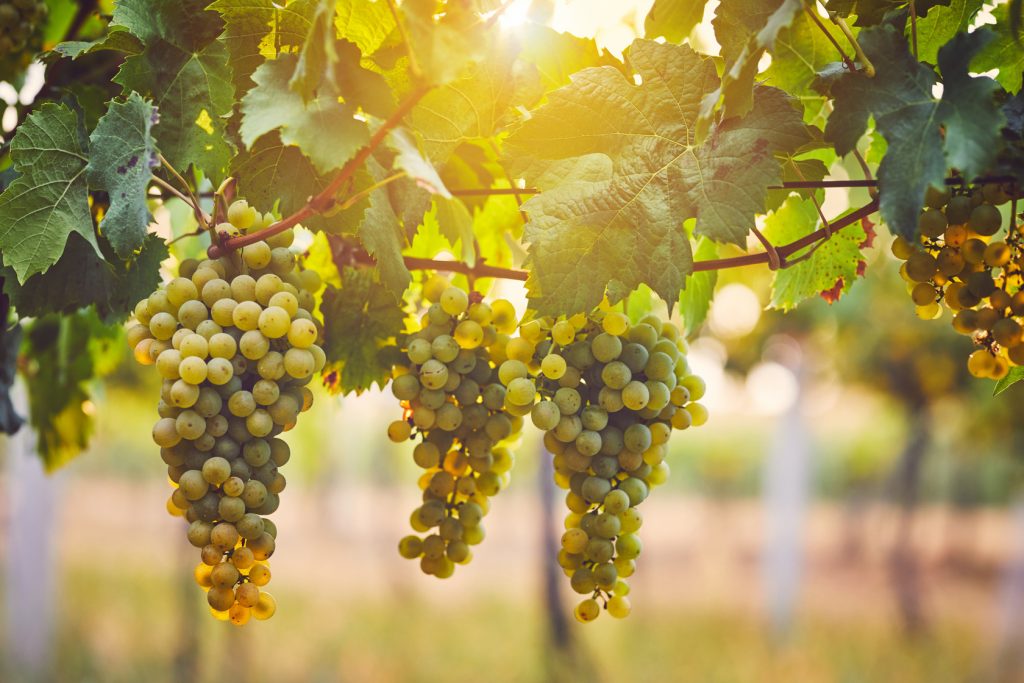
Sparkling wines are one of the most varietal wines. Usually, winemakers mix and match different grape varieties to achieve a complex and well-balanced sparkling wine. Sparkling wines, including champagne, use grapes that are locally grown and cultivated to their place of origin.
The most common grapes used to make sparkling wines are:
- Chardonnay
- Pinot Noir
- Pinot Meunier
- Semillon
- Chenin Blanc
- Trebbiano
- Crouchen
- Riesling
- Muscat Gordo Blanco
Meanwhile, champagnes are made from a blend of these three main grapes:
- Chardonnay
- Pinot Noir
- Pinot Meunier
These grapes are grown from different regions and countries, and each affects the flavor profile and aroma of individual sparkling wine. This explains why champagnes, which use grapes grown in France, taste significantly different from Proseccos (which are made from grapes found in Italy).
Sparkling Wine vs Champagne’s Winemaking Methods
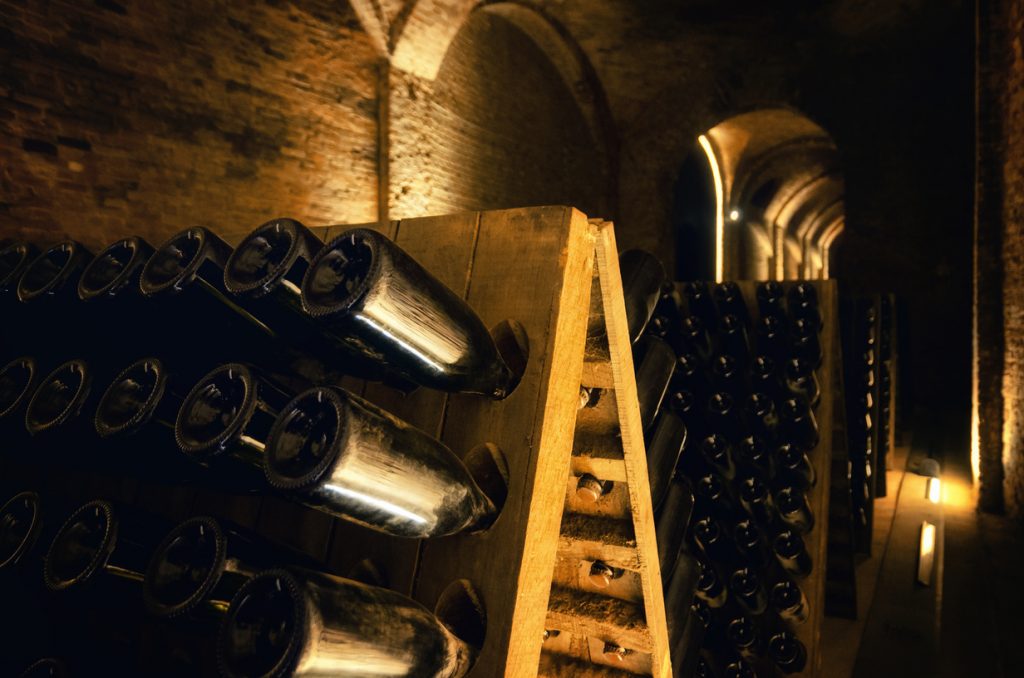
Sparkling wine is made using both the Charmat method (or tank method) and the traditional method (méthode traditionelle). On the other hand, champagne is made using only the standardized traditional method (méthode Champenoise).
Most commercially produced sparkling wine uses the Charmat method as it is the most cost-efficient way of mass-producing wine. This is because the carbonization process of the wine happens inside a large pressurized tank and they are aged for only a few weeks, skipping the long months of fermentation that are responsible for creating fine bubbles. This explains why you might notice fewer but coarser bubbles in most sparkling wines.
Expensive and higher-quality sparkling wines like Cremant are made from the more labor-intensive and time-consuming traditional method. This process involves two rounds of fermentation – once in the tank and the second, in the barrel or bottles themselves. This second fermentation period lasts for 9 months to 5 years. Winemakers add yeasts and sugar to the bottles and constantly turn the bottles upside-down to help them easily remove dead yeasts.
Champagne making follows Méthode Champenoise, which has the same process as the traditional method that gives it its iconic bubbles. However, the climate in Champagne, France affects the acidity of the wine when it ages during the second fermentation period. This creates a unique aroma and roundness in flavor in champagnes that we do not get from other sparkling wines.
Champagne Tastes Different From Other Sparkling Wines
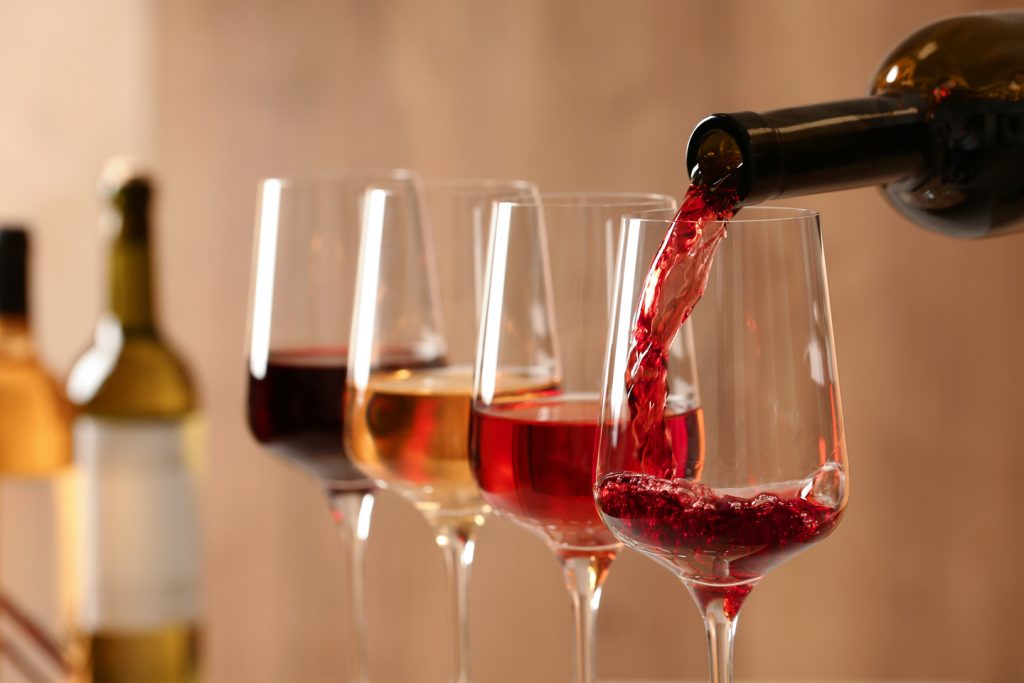
Sparkling wine’s taste varies depending on its type. Its flavor profile usually ranges from sharp to sweet, with a lingering aftertaste of vanilla, berries, or cream. Its color ranges from varying shades of white, yellow, and red. Because of its fruity flavor, sparkling wine makes great refreshing cocktails like this summer berry sangria.
Champagne is known for its dry and sweet flavors. It typically has a fruity, creamy, and nutty finish. Its color ranges from different white, yellow, pink, and orange shades. And with this flavor profile, use your champagne to make a simple sparkling cocktail: Classic French 75 .
- Aromas of champagnes change as they age. Finer and well-aged champagnes have unique aromas like toast, brioche and even biscuit.
Which Is Stronger Between Sparkling Wine and Champagne?
Generally, champagne is stronger than sparkling wine. Depending on its variety, sparkling wine only has less than 12% alcohol content. In contrast, champagne’s alcohol content is about 12.2%. However, high-quality sparkling wines, like Pétillant Naturel, and champagnes usually make people drunk or tipsy faster than other alcoholic drinks because they contain a higher amount of carbon dioxide, speeding up the body’s alcohol absorption.
Sparkling Wine Is Cheaper Than Champagne
That’s right, sparkling wine is cheaper than champagne! An average bottle of champagne starts from 40 USD while a bottle of sparkling wine like Prosecco can be as low as 12 USD. One reason that we can think of is that sparkling wine has a lot of options to offer. This makes the price range larger compared to champagne.
Another factor is the quality of the grapes used and the complexity of the winemaking process. The harder it is to make, the more costly it is. Since champagne is made from top-grade quality grapes and is a laborious process, you are paying more for the time and effort put into handling each bottle of champagne.
Although sparkling wines also use the traditional method, many winemakers and manufacturers opt to cut down on the production costs to make the process faster and to offer affordable sparkling wines. That is why the cheaper your wine, the lower its quality is.
READ ALSO: 10 Best Champagne Glasses to Buy in 2022
Is Champagne Different From Wine?
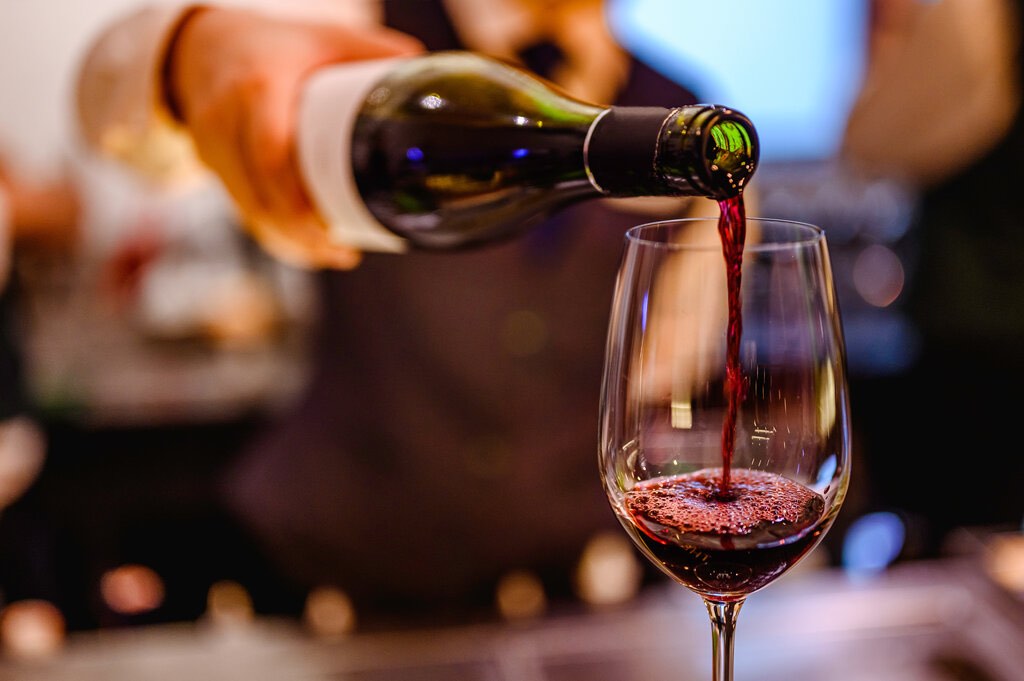
All champagnes are wine, but not all wines are champagne. The main difference between champagne and wine is that winemakers use double-fermented grape juice to make champagne. On the other hand, wine is from a mixture of berries: fermented grapes, berries, plums, or other fruits.
The two also differ in terms of variety and caloric value. Champagne has brut, sec, rosé, and Blancs when it comes to variety, in contrast to wine’s different assortments: the reds, the whites, orange wine, and rosé. Champagne is also considered a healthier option compared to red and white wine, as it only has 80 calories compared to wine’s 120 calories per serving.
Other Types of Sparkling Wine
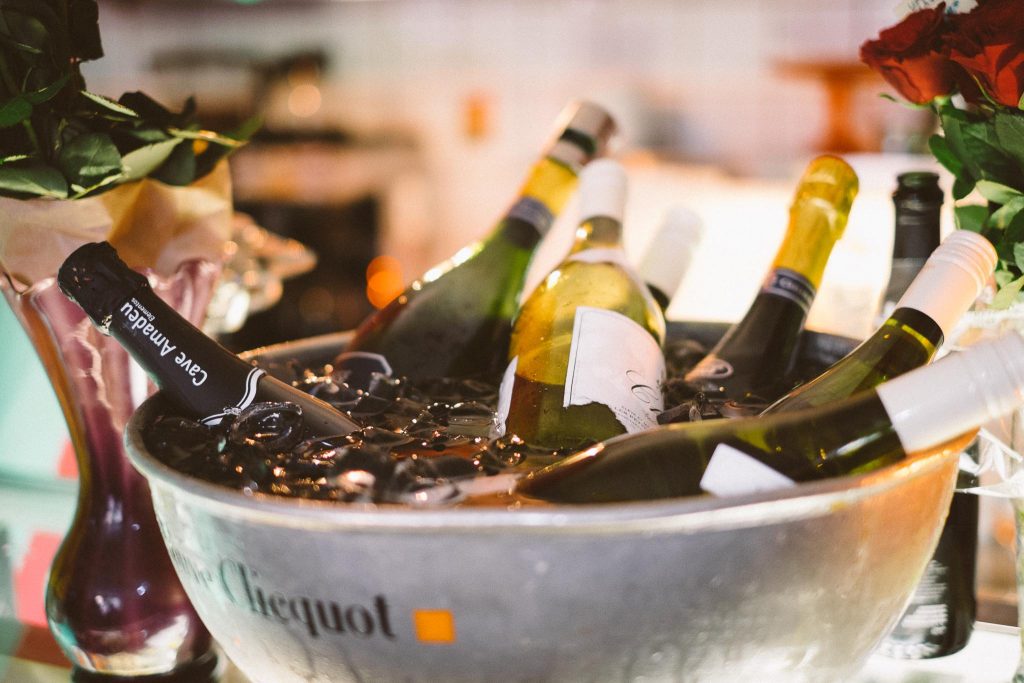
Photo by Daniel Jonason
- Prosecco
It is easy for many to confuse prosecco with champagne. Both are sparkling wines, but prosecco is from Prosecco, Italy, hence its name. Prosecco is fermented using the Charmat method, giving it its signature crisp and light-bodied texture. Its flavor, like champagne, ranges from dry to sweet. Because they are easy to complement, Prosecco cocktails are some of the best alcoholic drinks for a fancy dinner and even a slumber party.
- Cava
Cava sparkling wine is from Spain. Winemakers market this as “champagne of Spain”. Cava wine is only made through the traditional method. It is less acidic than champagne and has a fruity and zesty flavor.
- English Sparkling Wine
Produced through the traditional method, England sparkling wine use varieties of grapes used in champagne making the likes of Pinot Noir, Chardonnay, and Pinot Meunier. It has a crisp and fresh flavor with a hint of fruity and nutty undertones.
- Cremant
Cremant is also from France but outside of the Champagne region. That is why it has the closest flavor profile to champagne. In terms of flavor, it has lively acidity and complex notes of fruits and nuts.
Types of Champagne
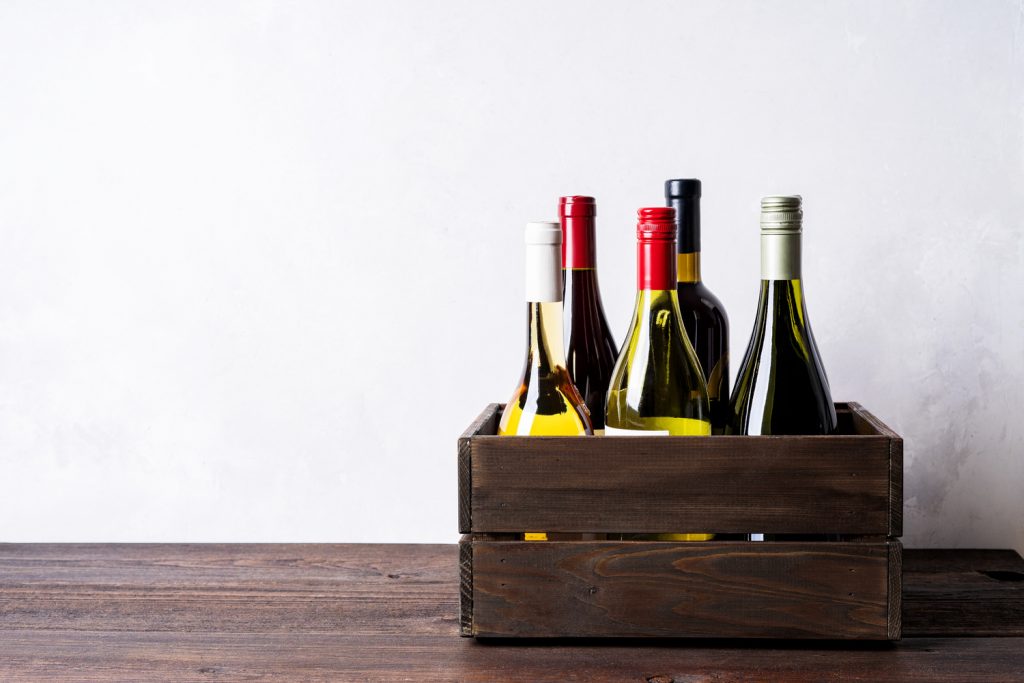
- Champagne Brut
“Brut” is a French word that means “raw” or “dry”. Brut champagne is unrefined wine and it is one of the driest types of champagne. We tend to confuse brut wines with extra dry ones, but what is the difference between brut vs extra dry champagne? Well, extra dry is sweeter than brut champagne because brut contains less sugar.
- Sec and Demi-sec
“Sec” in French means “dry.” That means, “demi-sec” means “half dry.” If you are looking for a perfect balance of dry and sweet champagne, these two are what you are looking for.
- Champagne Rosé
To make rosé champagne, winemakers add red grapes to the typical grape varieties used in making champagne. Also called pink champagne, it is a crowd favorite because of its appealing color and tangy acidity with underlying fruity notes.
- Blanc de Blancs
This champagne is made entirely from chardonnay white grapes. From its name itself, “blanc”, it has a white color with a citrusy aroma. It also has a sharp taste with a fresh and creamy finish.
- Blanc de noirs
Also a variety of white champagne, Blanc de Noir is lighter and full-bodied compared to other colored wines. Made from Pinot Meunier and Pinot Noir grapes, it has fruity and citrusy undertones.
Sparkling Wine vs Champagne: Which to Choose?
Sparkling wine offers a wide range of options that you can choose from, but the unique taste and flavor of champagne are a standard that is hard to refuse. It all boils down to your preference — taste, budget, and overall appeal. But whether you are sipping a glass over dinner or clinking for a toast, remember that each bottle you pop is a creation made from hard work!
